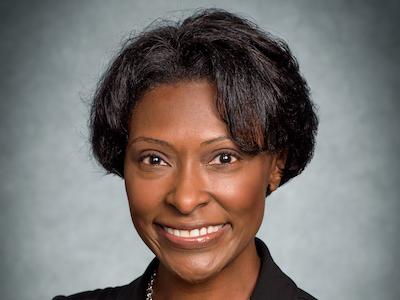
Coretta Thomas, MPH
Clinical Research Scientist and Data Manager
The University of Alabama at Birmingham
How long have you been volunteering at CDISC?
I have been volunteering with CDISC for almost 1 year.
What encouraged you to volunteer your time and expertise with CDISC?
I recognize that most of academia is behind with CDISC knowledge, and I am hoping to help other institutions navigate how to best enter into the new era. Most academic colleagues are in silos, so we often recreate the wheel based on prior knowledge. Furthermore, academia often lacks time to devote to such learning and finances to pay for upgrades, which then forces a conversation of how best to creatively institute CDISC into academic best practices.
How did you begin working in clinical research?
I begin working in clinical research in November 2003 in HIV/AIDS clinics, and I now work with the Neurofibromatosis Consortium.
What did you want to be when you grew up?
I always knew that I wanted to be a research scientist; I recall perplexing my Kindergarten teacher about how I arrived at this career goal.
You are working on the SDTM examples and education courses for the Therapeutic Area User Guide for Rare Diseases v1. What are you excited about with this release and/or what updates do you think the user community will find most useful?
I am thrilled the Rare Disease Guide is coming out because there are very specific examples that those of us in this field can use, with detailed examples from CDASH to ADAM.
Please provide a tip that someone would find helpful in working with CDISC Standards.
The one tip that Dr. Erin Mulbradt gave me was to get involved as a volunteer; I totally concur as it allows you to gain access to the experts and first-hand knowledge through development. Additionally, I would recommend consulting with one of the many CDISC partners to assist with CDISC implementation, which is how we were able to quickly standardize our CRFs and data.